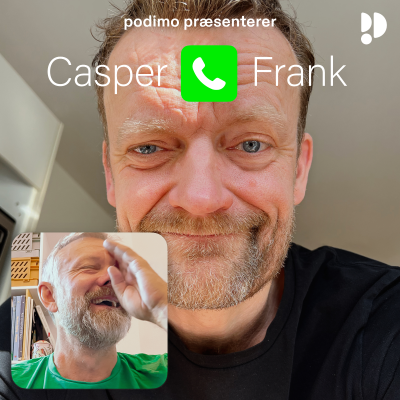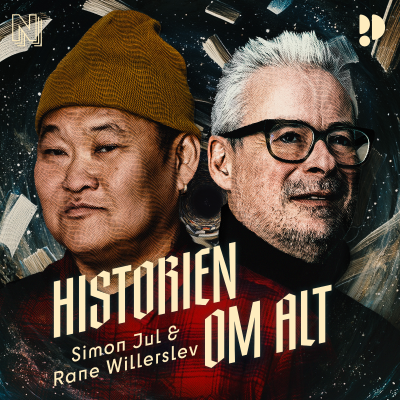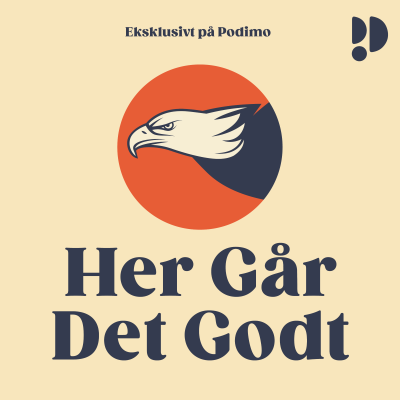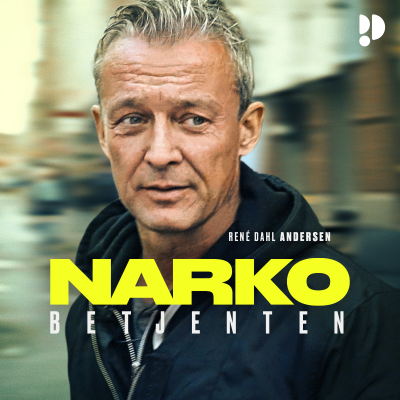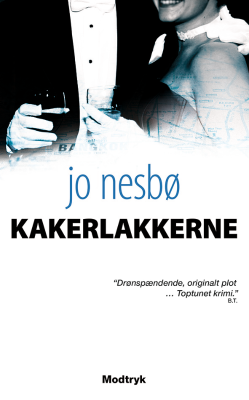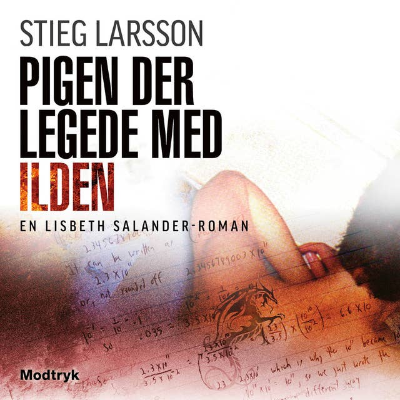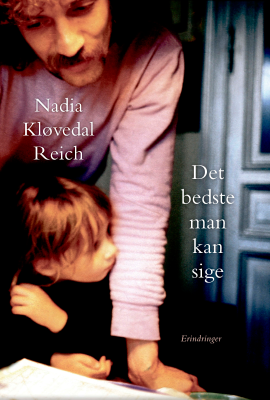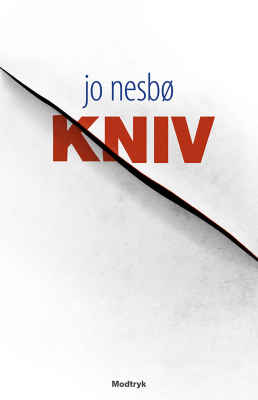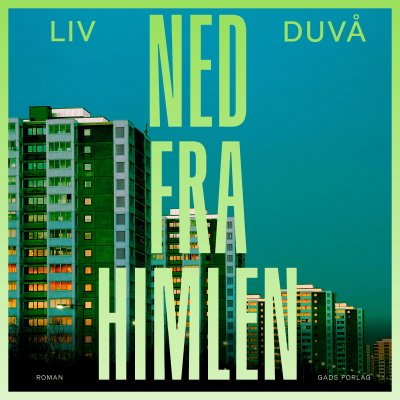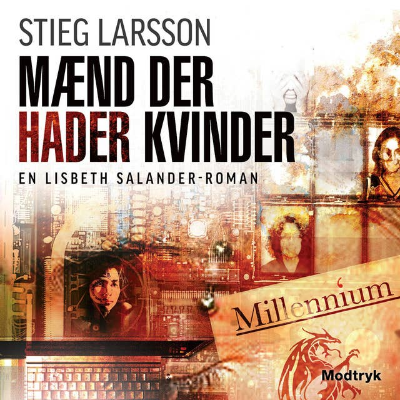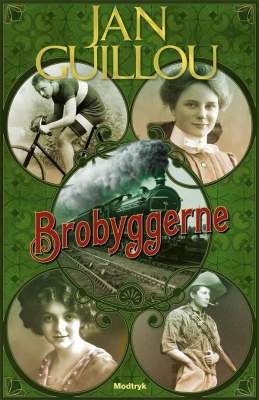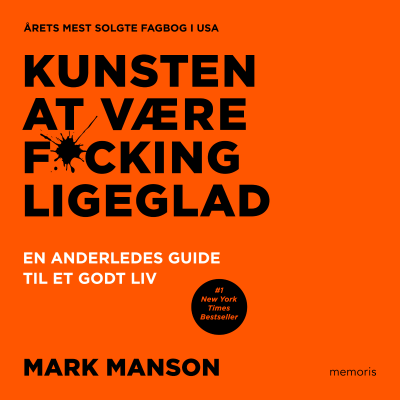
Spanish Loops
Podcast by Spanish Loops
Start 7 days free trial
99 kr. / month after trial.Cancel anytime.

More than 1 million listeners
You’ll love Podimo and you’re not alone
Rated 4.7 in the App Store
About Spanish Loops
Spain! Open arms country. Path of cultures, tradition, hospitality. When passion for this country is mentioned among tour guides, Fran and Jorge, they could be talking for hours and hours. Whether historical or modern; gastronomy or flamenco, fun facts or curiosities; anything you can imagine from top to toe, our loops cover those topics, including actual facts. We hope to bring a smile to your face, a thought to your curiosity and transmit how proud we are of being from where we belong. Hoop with us from your side of the waves. It will be fun. Welcome to Spanish Loops!
All episodes
196 episodesHola, amigos Loopers!Welcome back to Spanish Loops, where we roll through the sounds of Spanish music and culture. This week, we are informing about some spectacular, soul stirring world of musical organs in Spain. Majestic pipe organ marvels that have been singing with centuries of history, artistry, and regional flair. Across the country, these instruments stand out thanks to unique features like the horizontal battle trumpets, (trompetería de batalla), divided registers, and vivid reed rich tonal palettes. All powered by subtle, low pressure windsystems that give them an agile, expressive voice. Some of the most remarkable examples include the Toledo Cathedral organ, a Baroque masterpiece with twin facades and echoing dramatic effects, the monumental Palauof Music in Barcelona, (World Heritage), the Basilica Santa María la Real in Azkoitia (Basque Country), home to a gorgeous Cavaillé-Coll romantic organ that’s perfect for Franck yet still resonates with Spanish Baroque sensibility,the one In Santiago’s Cathedral at the end of the Camino, and the modern Grenzing organ in Madrid’s Almudena Cathedral, blending neo-Gothic visuals with the precision of tracker action. These aren’t just large instruments: they’re vibrant, living voices of Spain’s musical heritage. Each one is a monument of craftsmanship and emotion, inviting listeners to experience their grandeur in person. That’s our sneak peek into this week’s chapter: “Musical Organs in Spain, their origins, curves, and soul.” Stay tuned, subscribe, and let the pipes speak!
Hello friends, and welcome back to Spanish Loops, your go to podcast for cultural lessons into Spain’s rich history and how it shapes our modern life. In today’s episode, we rewind to the early days of Spanish television. A time when TV meant black and white screens, rabbit ear antennas, and a strong dose of hope.Under Franco’s dictatorship, television broadcasting wasn’t just limited. It was a bold act of state control, with RTVE (Radio Televisión Española) holding the reins of what could and could not be aired. But from these restricted beginnings, something magical grew. We will walk you through the pioneering moments of TVE, the country’s first state run channel, and trace its evolution into the colourful, diverse Spanish media landscape we know today. We will also talk about the game changing arrival of private Spanish TV channels in the 1990s, like Antena 3 and Telecinco, and how they changed everything: from programming styles to viewer freedom. Fast forward to the present, where streaming services in Spain offer an a la carte TV experience tailored to every taste. And yes, Fran and I share heartfelt memories of their first TV sets at home remembering those magical moments of gathering around the screen, eyes wide open. Let’s tune in together to this podcast for a small dose of nostalgia and technology. Subscribe and share!
Hola! Welcome back to Spanish Loops, your weekly dose of Spain with a twist and today, we're diving c*j*nes first into the spicy world of Spanish expressions! Yes, you heard right. This week’s episode is all about that one bold, magical, untranslatable word: c*j*nes. It’s not just anatomy, my friends: it’s attitude, emotion, frustration, pride… even surprise! Depending on the context, c*j*nes can either offend your abuela or crack you up laughing. We’ll break down how Spaniards sprinkle this word into daily speech like a seasoning. From ¡me importa un c*j*n! to ¡tiene un par de c*j*nes!, we’re translating these colorful expressions into English, while keeping the flavor intact. Warning: some phrases might make your English teacher blush but hey, culture isn’t always PG, right? So, buckle up for a language ride where words carry…, well, weight. If you are a language curious, a traveler, or just someone who appreciates a darn good expression, this episode will leave you saying, “¡Qué c*j*nes!” New episode out now. Only on Spanish Loops. Subscribe, share… and bring a laugh with you!
Hola! And welcome back to another episode of Spanish Loops where we get deep into the heart of Spanish culture, history, and the untold stories behind the landmarks youthought you knew. This week, we are heading off the beaten path (again), and it’s worth it. Right in the heart of Madrid, just a stone’s throw from the Prado and the Reina Sofía Museums, lies one of the city’s most overlooked treasures: the National Archaeological Museum, also known as The MAN. A true hidden gem in Madrid for history lovers and fans of ancient Spanish art. Now don’t let the name fool you, this isn’t just any museum with dusty old relics. The MAN, (standing for National Archaeological Museum) is home to one of the most stunning pieces of Iberian sculpture ever discovered: the iconic Dama de Elche.With haunting eyes and intricate detail, it’s not just the star of the museum. It’s a window into the prehistoric art of the Iberian Peninsula. But that’s not all. Inside these walls, you’ll discover a treasure bunch of pre-Roman artifacts, along with objects from the Romans, Visigoths, and Moors. If you are into Spanish archaeology, cultural tourism in Spain, or looking for underrated museums in Madrid, this one is for you. So, grab your headphones, hit play, and let’s explore the archaeological treasures of Spain. As usual on Spanish Loops. Subscribe for more!
Hello, hello, and welcome back to Spanish Loops! Your weekly journey into the heart of Spain’s living culture! And this week we’re going high… literally! Today, we are heading to Catalonia to explore one of the most breath taking, gravity defying traditions in all of Spain: Los Castellers. These human towers, real people climbing on top of each other up to ten stories high, have been rising into the skies of Catalonia for over two centuries. And believe us, they are so much more than just a show. We will dig into the history of this daring practice, tracing it all the way back to the 18th century. We'll talk about the colles castelleres, the passionate local teams who train year around, the deep sense of community and trust, and of course what it feels like to be at the top of a human tower with thousandscheering you on. That is why the Castellers have become a UNESCO recognized tradition, and why, even today, these towers symbolize unity, strength, and balance in every sense of the word. So, buckle up, stay grounded, and get ready to look up… way up. This is Spanish Loops, and we are climbing into Catalonia’s cultural heartbeat… one tier at a time. Do not forget to subscribe and share!!

Rated 4.7 in the App Store
Start 7 days free trial
99 kr. / month after trial.Cancel anytime.
Exclusive podcasts
Ad free
Non-Podimo podcasts
Audiobooks
20 hours / month


